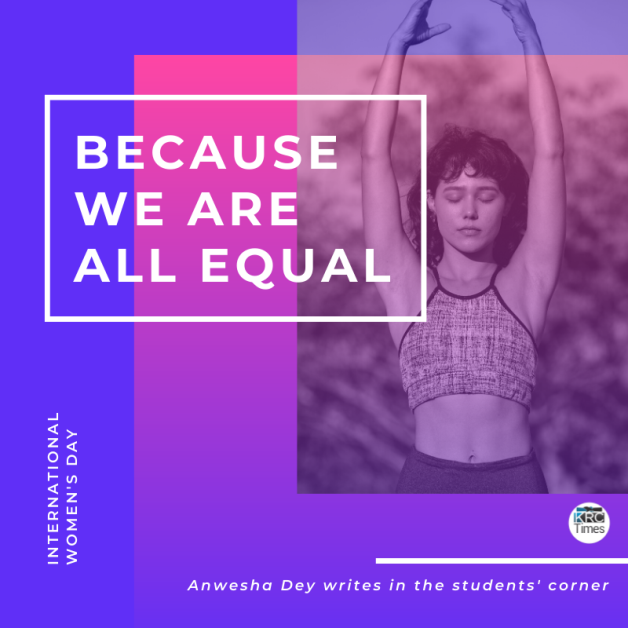The purpose of writing this article was not meant to put up my opinion but to start accepting things from the said environment and also to give it back again to Mother Nature
 Mayanglambam Merina
Mayanglambam Merina
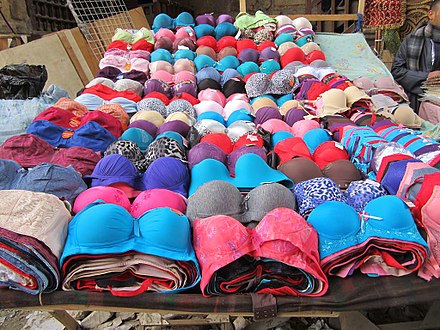
Body curves, good figure, beauty tips, manicures all such things were a part of life since some years back for most of the women in this world.
Exotic lingerie’s flaunting blouses with a beautifully draped saree was considered sexy but hardly complimented and seen from a different angle loaded with sugar coated co modifying words and in turn became as a provocative and show off culture.
How many women feel insecure about their own style of dressing up? Some imitate from actors, some continue the trend from family generation, and some copied if from designers but in the end what one really enjoys is simple clothing where the body feels secure to the end.
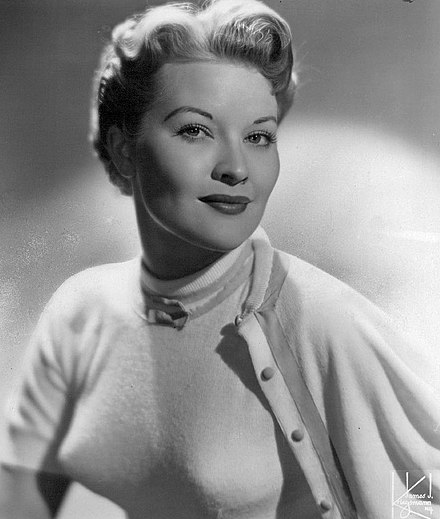
In earlier days tight suffocative blouses were meant to portray womanhood but now things have changed to a certain stage.
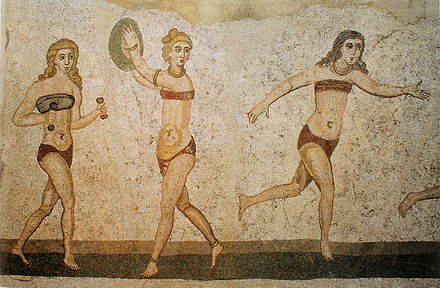
The concept of BRA came with various pronunciation is inextricably intertwined with the social history of the status of women, including the evolution of fashion and changing views of the female body. Women throughout history have used a variety of garments and devices to support, cover, restrain, reveal, or modify the appearance of their breasts. Bra- or bikini-like garments are depicted in the art of female athletes of the Minoan civilization, ca. 14th century BC and there is some evidence to suggest that even from the Greco-Roman period women had developed specialized bra-like garments used for the purpose of supporting the breast.
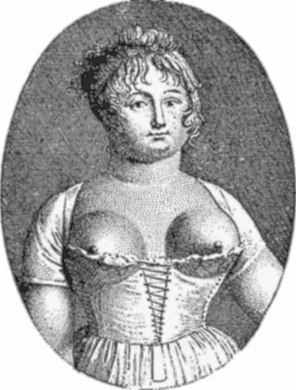
By the 14th century AD, the proto-bra was in development in Europe and from approximately the 16th century AD onward, the undergarments of wealthier women in the Western world were dominated by the corset, which supported the breasts by transferring their weight to the rib cage[ Corsets varied in length from short ones, which only supported the bust, to longer ones which were also used to shape the waist. In the latter part of the 19th century, women experimented with various alternatives such as splitting the corset into a girdle-like shaping device for the lower torso and transferring the upper part to devices suspended from the shoulder.
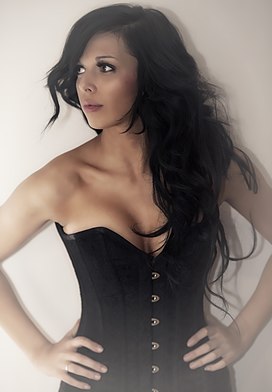
By the early 20th century, garments more closely resembling contemporary bras had emerged, although large-scale commercial production did not occur until the 1930s. Since then bras have replaced corsets (although some women prefer camisoles) and some, as well, go without. The metal shortages of World War II encouraged the end of the corset. By the time the war ended, most fashion-conscious women in Europe and North America were wearing bras. From there the bra was adopted by women in Asia, Africa, and Latin America.
But now since some years feminist have started sprouting out, voicing up for their rights for their body to be free from all kind of bondage.
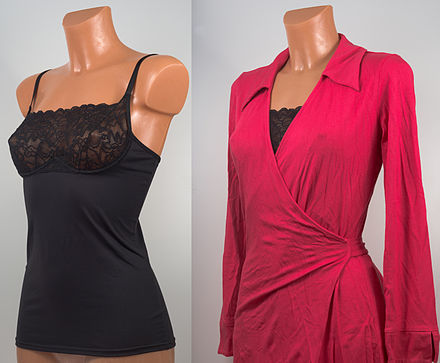
Some have started rejecting Bra for years and some started it during this pandemic period. ‘What a joy and relief one feels without those straps, it’s indeed a relief’ a young college lady expressed.
But openly talking or writing about it people might have judgemental attitudes. Having a sense of conserving Mother Nature we all could contribute in some way or the other. May it be the simplest form but one should start it right now…here.
The purpose of writing this article was not meant to put up my opinion but to start accepting things from the said environment and also to give it back again to Mother Nature.
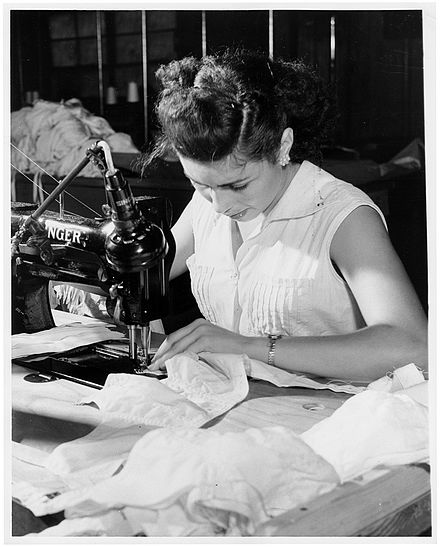
(The history of BRA and the photographs are taken from Wikipedia only. But the entire write up is the view of the subjects the writer has interviewed during this covid-19 .)



